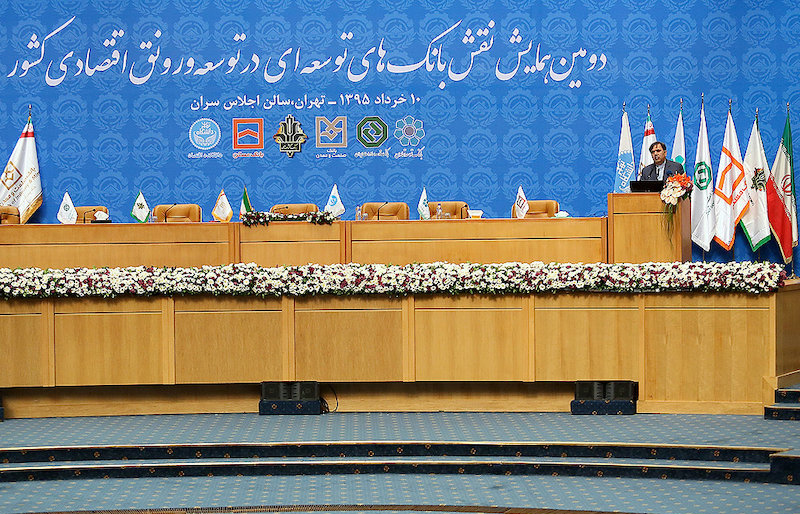Pretty hard choices must be made in “technical areas” to be able to remove toxic assets from banks’ balance sheets, the Minister of Roads and Urban Development Abbas Akhoundi says.
Saying that a “dissection” of banks’ stressed assets could cause a “major shake-up in the status of some political groups,” he noted that a comprehensive solution to the pressing problem has yet to be decided, Mehr News Agency reported.
The minister did not elaborate, but he seemed to strongly convey that banks must stop venturing into non-banking activities, not set up quasi-companies and instead lend to businesses, mainly the cash-strapped manufactures.
“When we used the notion “toxic assets’ few if any paid attention. But after further probes by experts and professionals, the term found its way into the Iranian financial jargon. Nevertheless, we need to make some very hard choices if we want to get rid of toxic assets and this could well have huge political consequences,” he said.
Reports suggest that Iranian lenders are saddled by an estimated 938 trillion rials ($32.9 billion) of non-performing loans accumulated largely during the government of former president Mahmoud Ahmadinejad (2005-13).
The figure doubles if restructured loans are included in the long list of people who have borrowed huge amounts and are now unable or unwilling to pay. Bad loans have seriously eroded the lending power of most state-owned banks, driving up the cost of money. Similarly, sick banks have choked off credits to companies.
Banks’ love in the past several years for investing in the once lucrative real estate sector that later went bust plus the mountain of government debt, have further exacerbated the situation and sounded alarm bells in the halls of economic and political power in Tehran.
Need for Workable Solution
Saying that demand overtaking supply in the monetary sector is one reason for lending rates to remain higher than the inflation rate in the past two years, the minister said “this process will not improve through decrees, requests or pleas.”
He cited lack of competition in the Iranian banking sector as another factor contributing to the problem. “Unfortunately there is a multilateral quasi-monopoly in the banking sector that has tilted the scales in favor of banks.”
Calling the government’s “debt to national economy” another major difficulty, Akhoundi said: “Two years ago when the topic of debts was brought up, the numbers weren’t clear. Now the Ministry of Economic Affairs and Finance has pointed to exorbitant numbers of up to 5 quadrillion rials ($164.1 billion). We have yet not received a clear response from the monetary and banking institutions as to how the government’s debt will be managed.”
Regarding Bank Maskan and how he has tried to turn it into a progressive bank that helps the housing sector in getting out of recession, the minister said: “We must activate regional trust funds and institutions that support buyers and builders. Capital market institutions need to be activated within Bank Maskan and the types of housing guarantees, leasing and loan funds must be energized.”
The volume of Bank Maskan mortgage loans to the housing sector has been 50% higher in the last five months compared to the same period last year, which according to the minister is a good omen for the key housing sector wanting to escape the recession.


